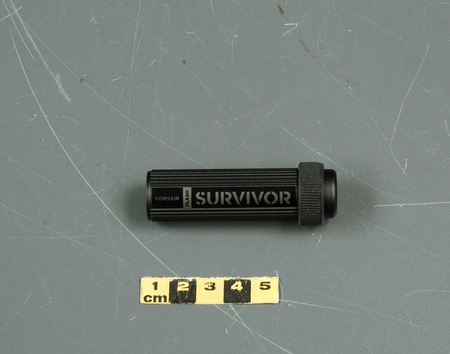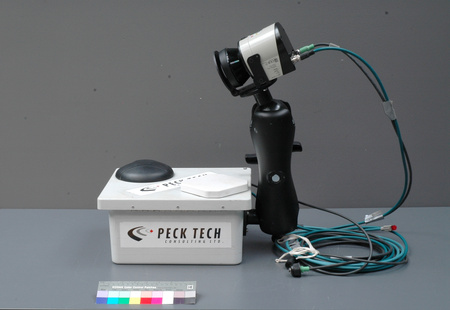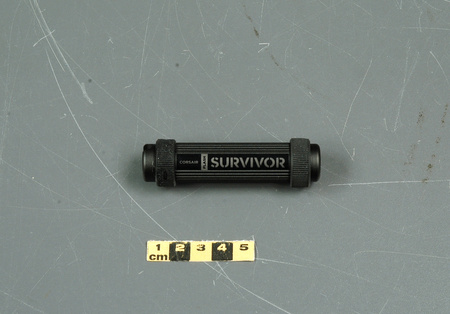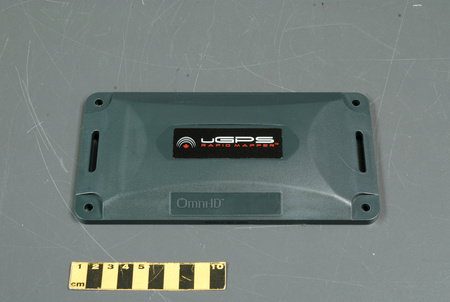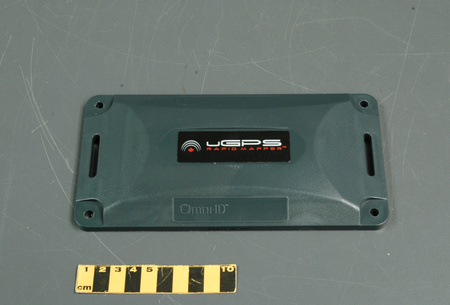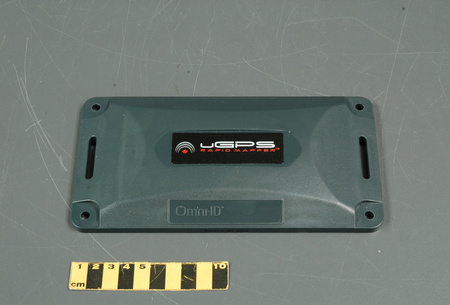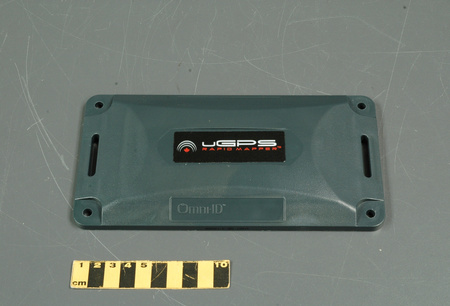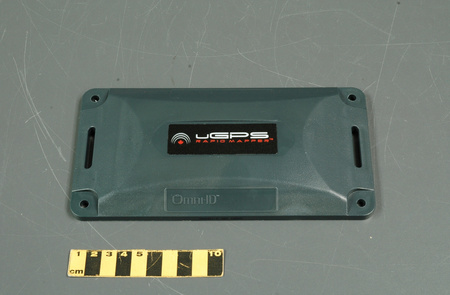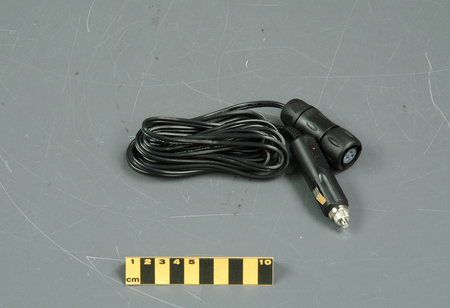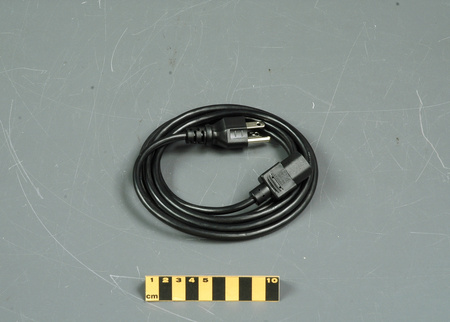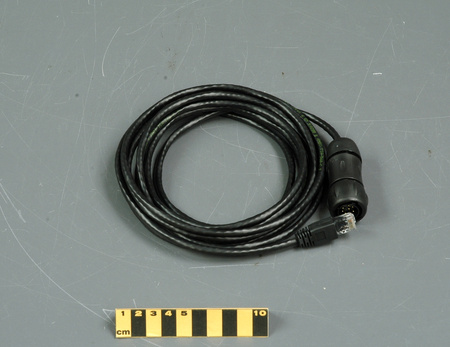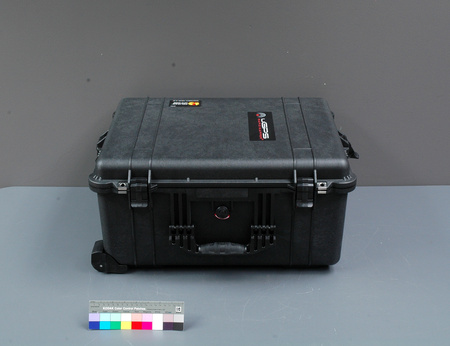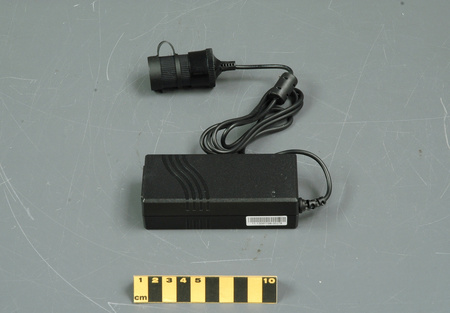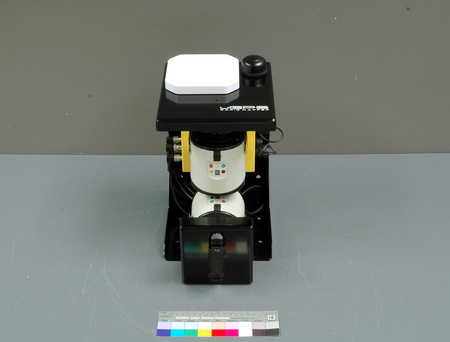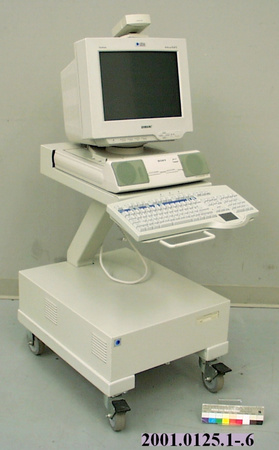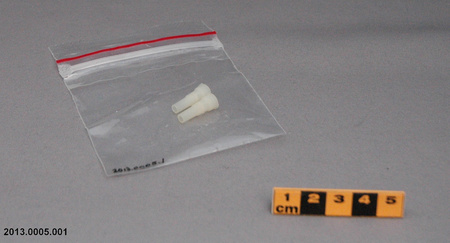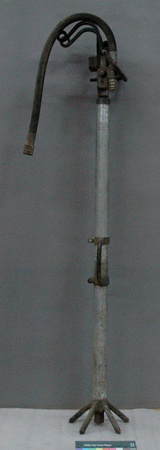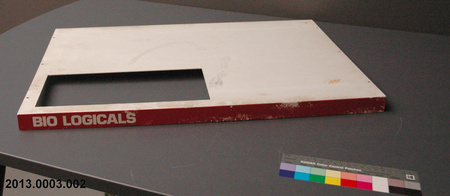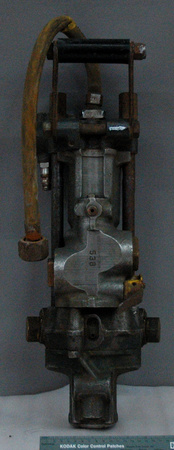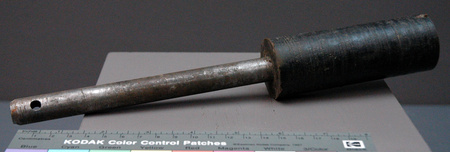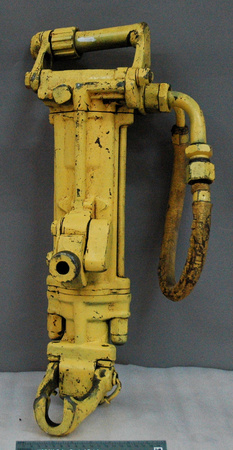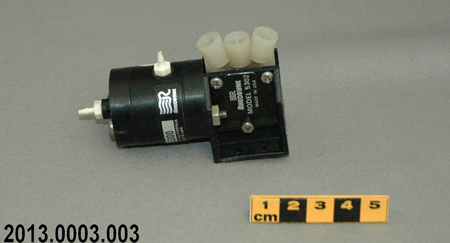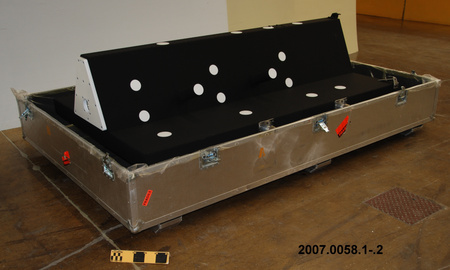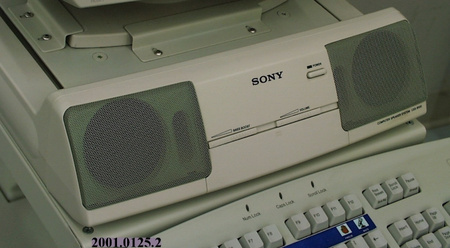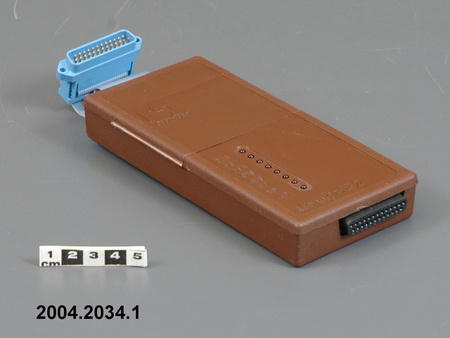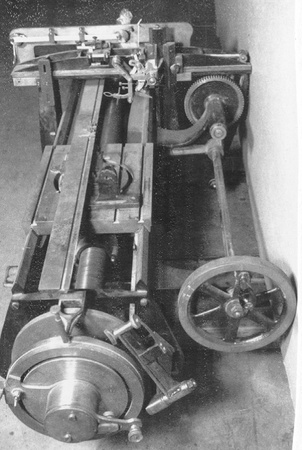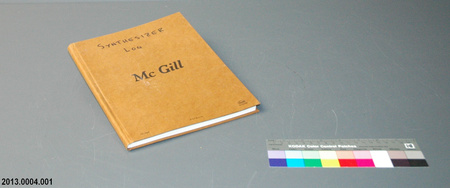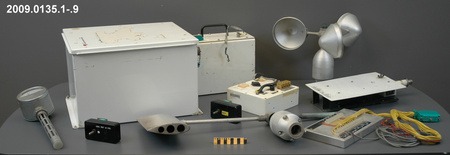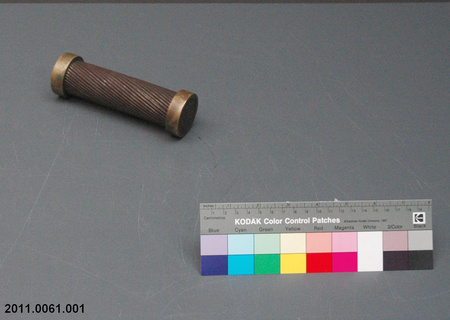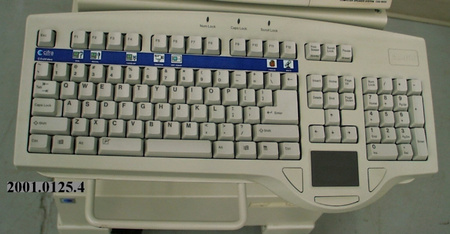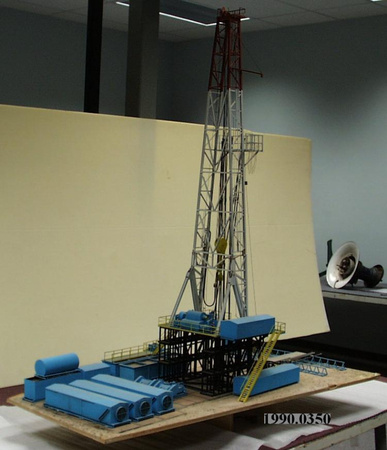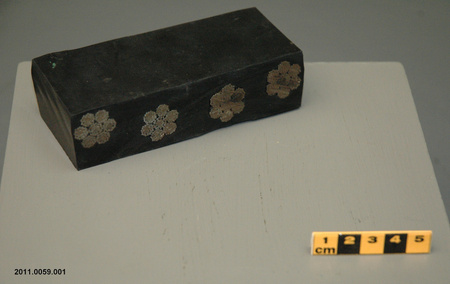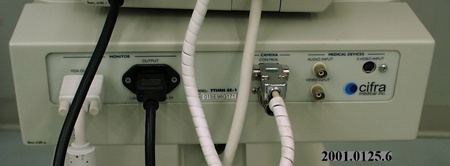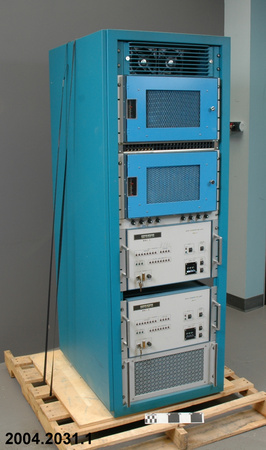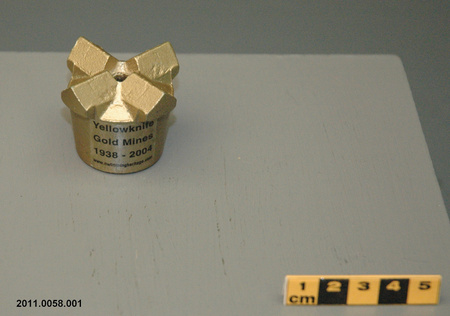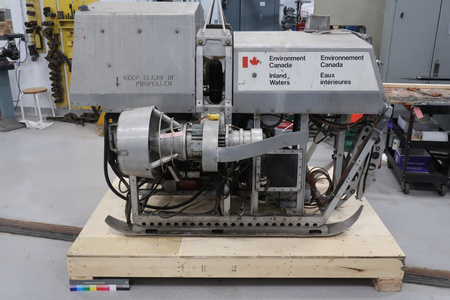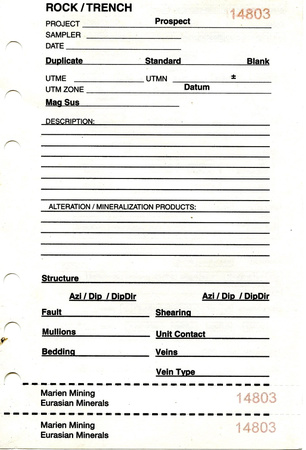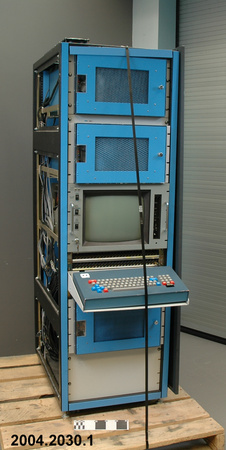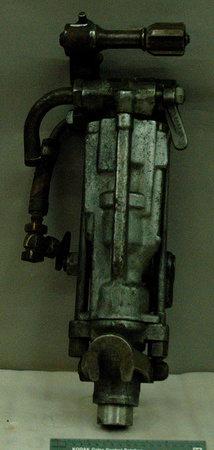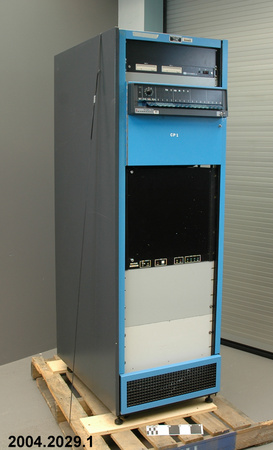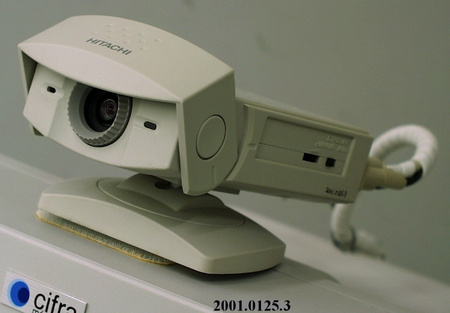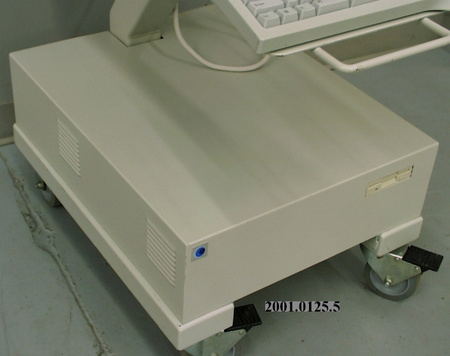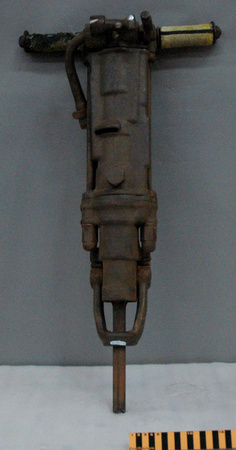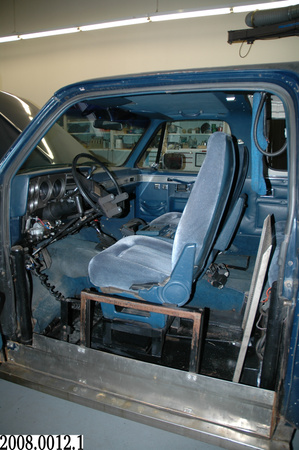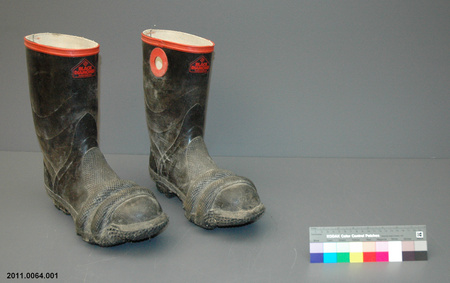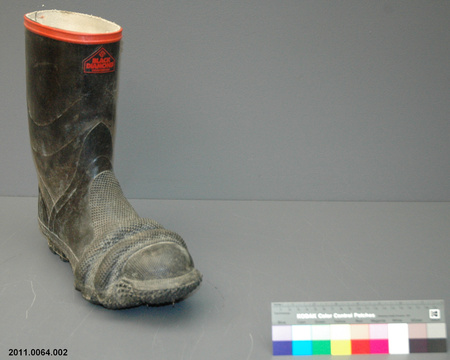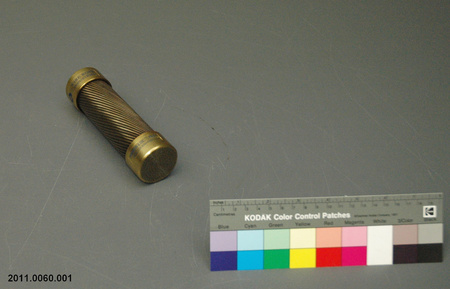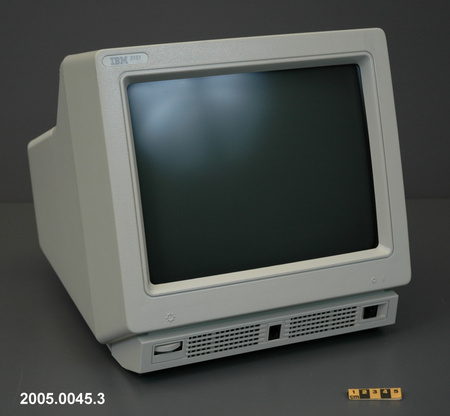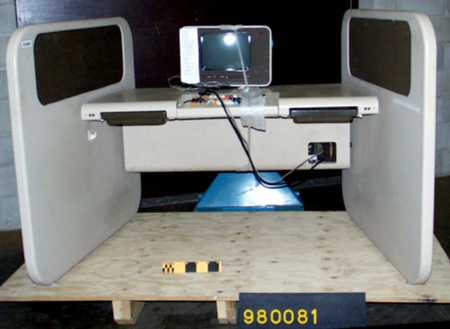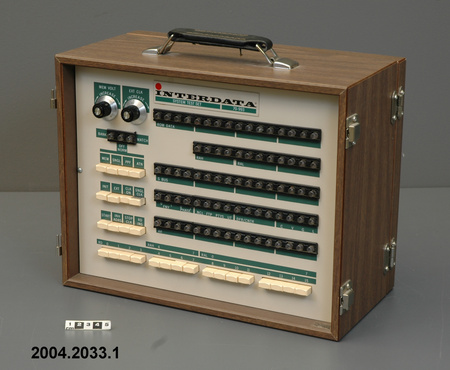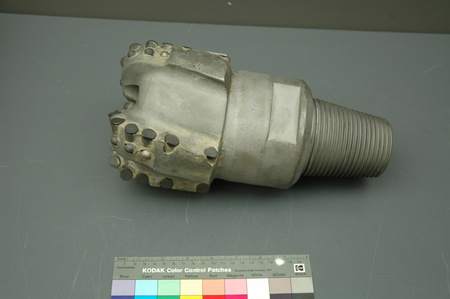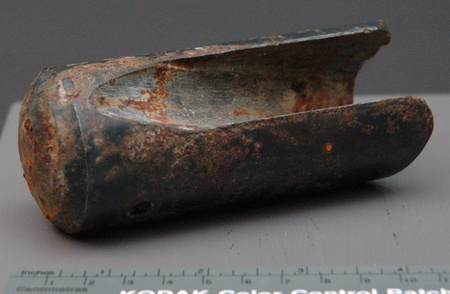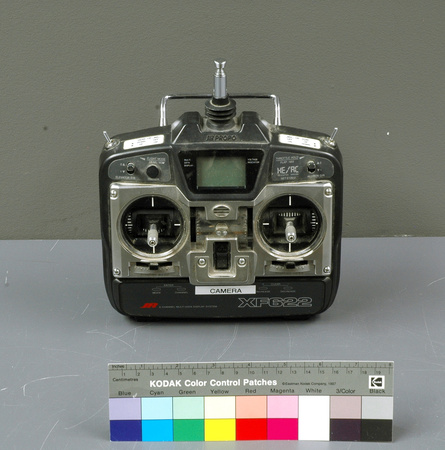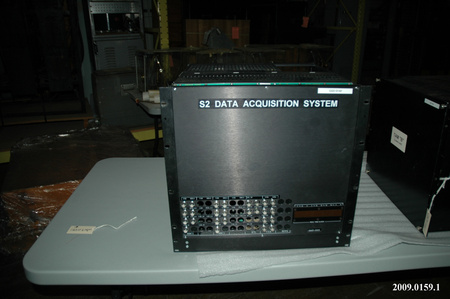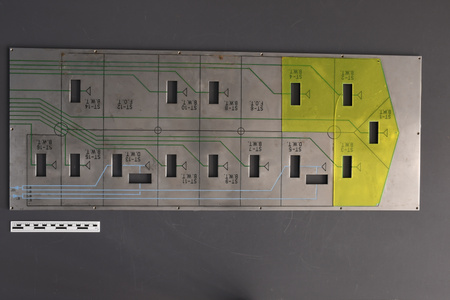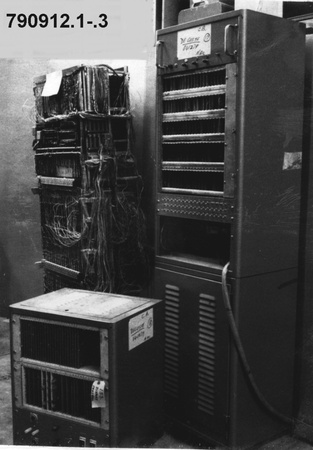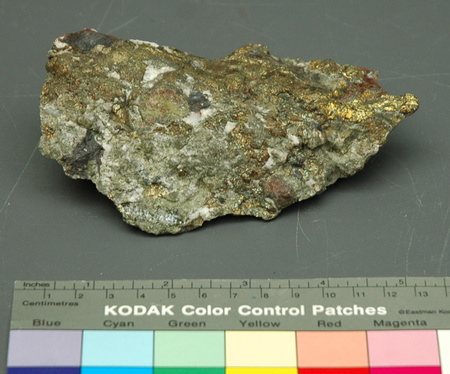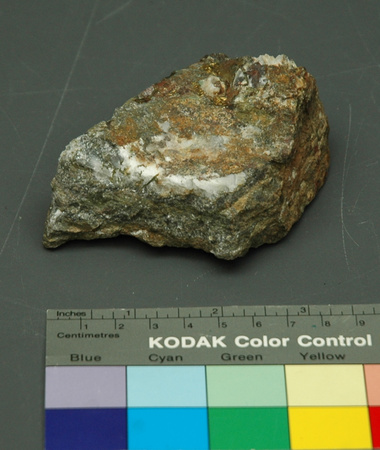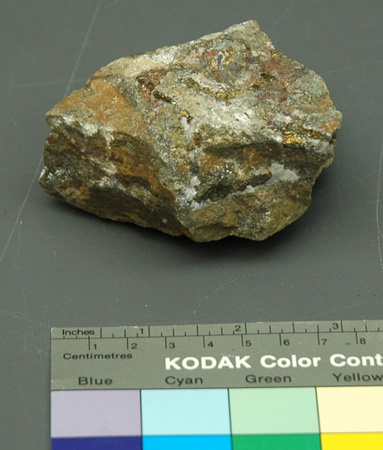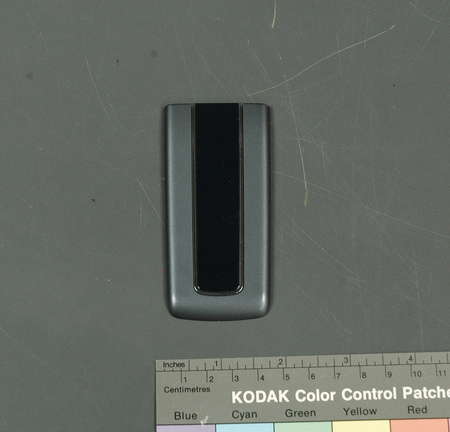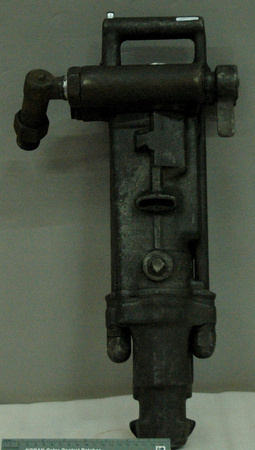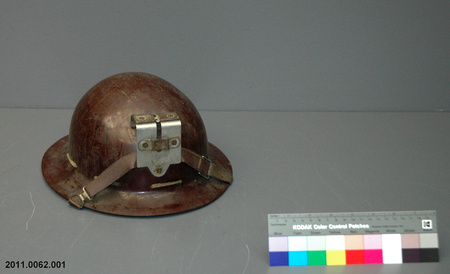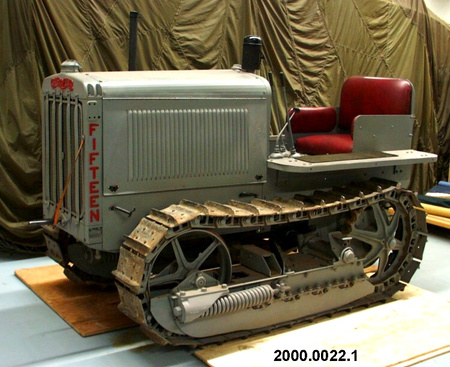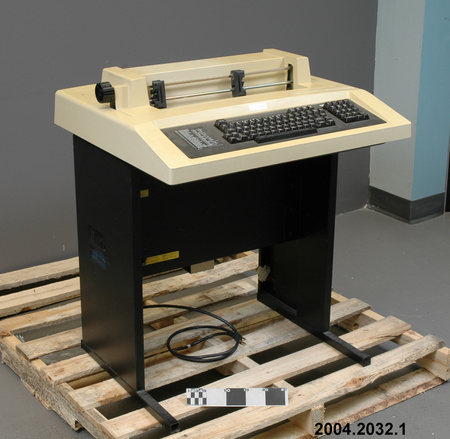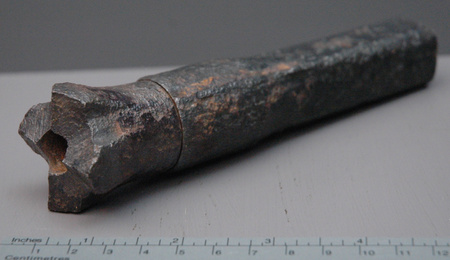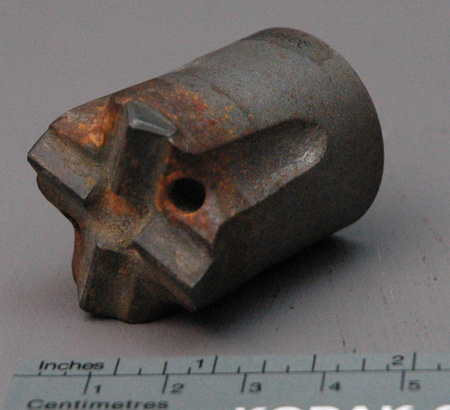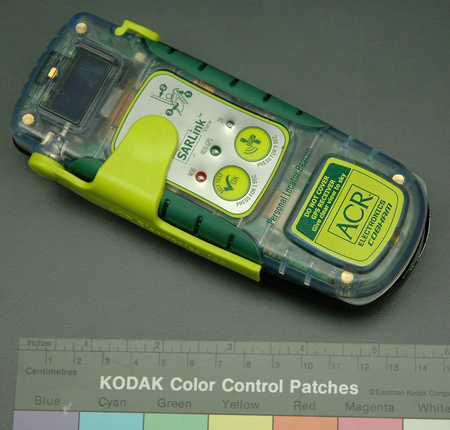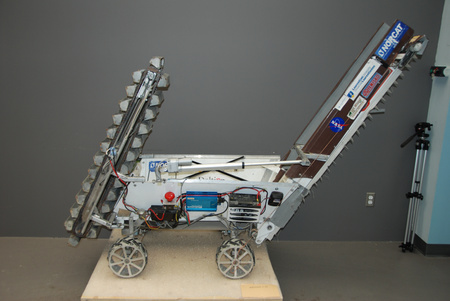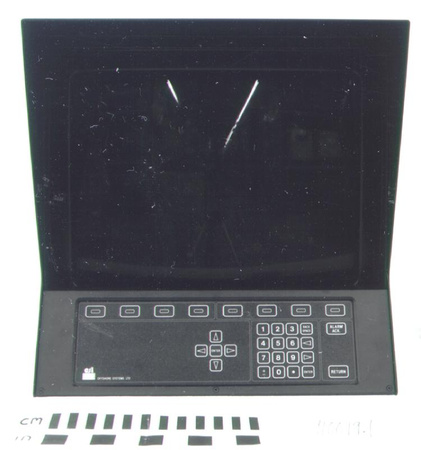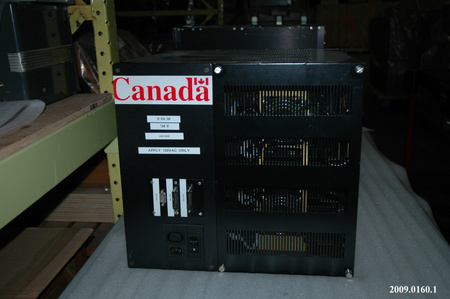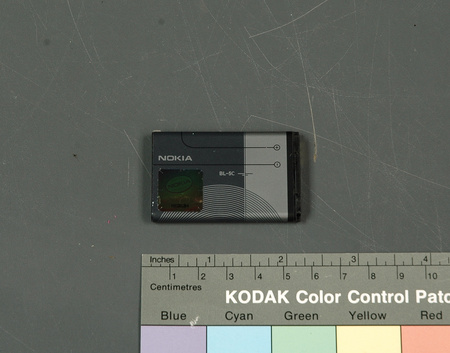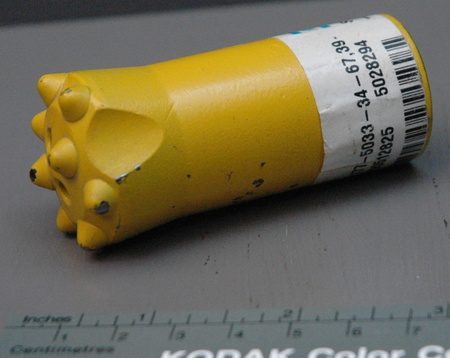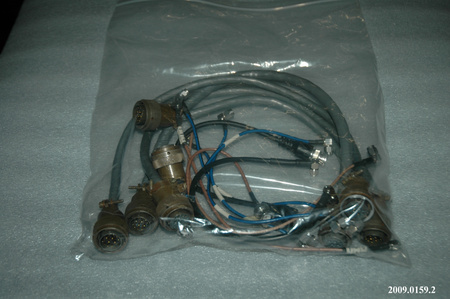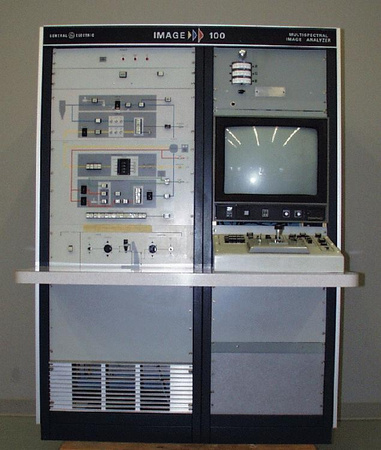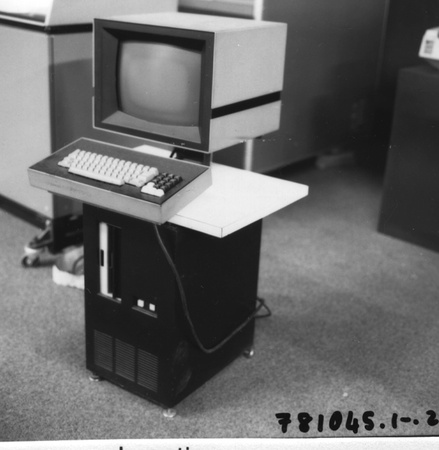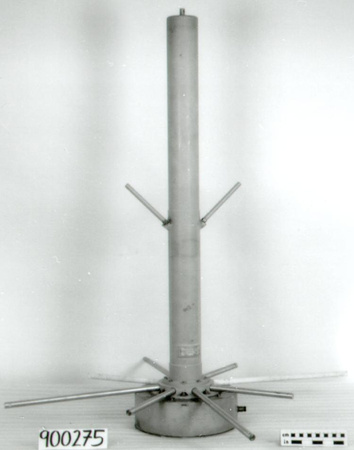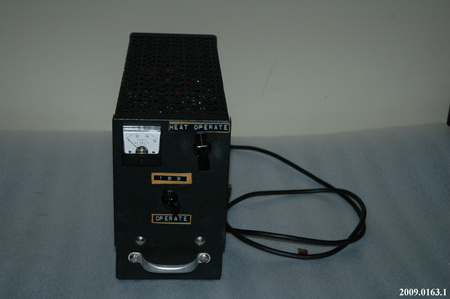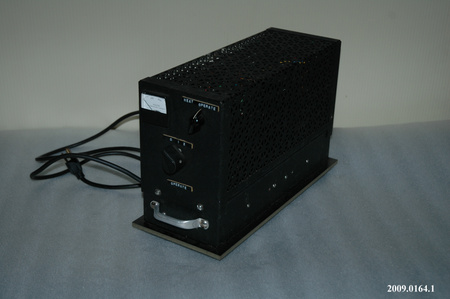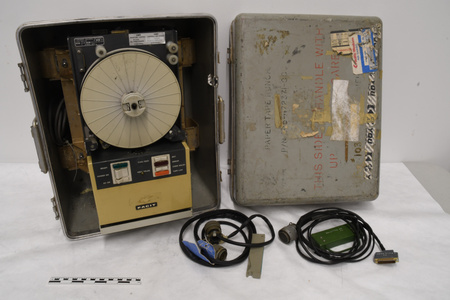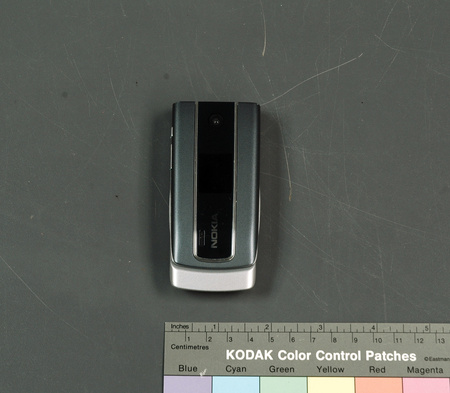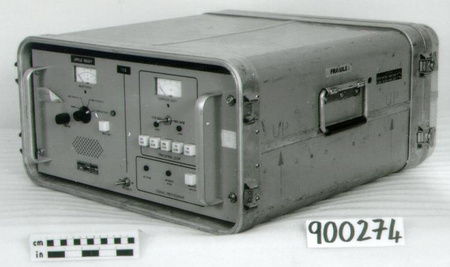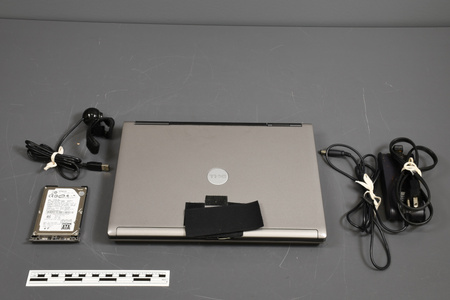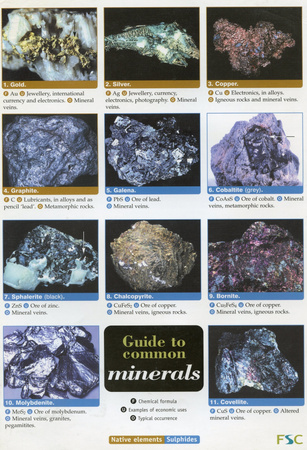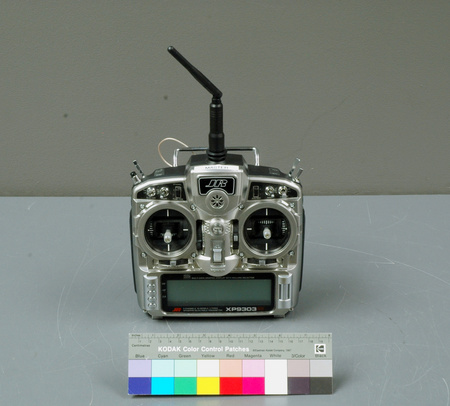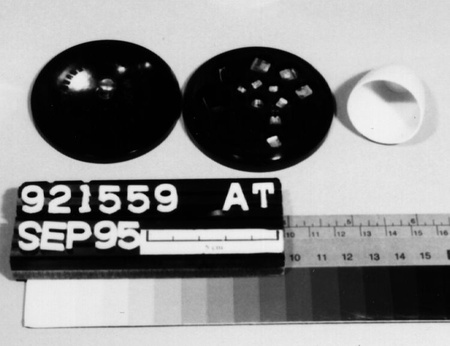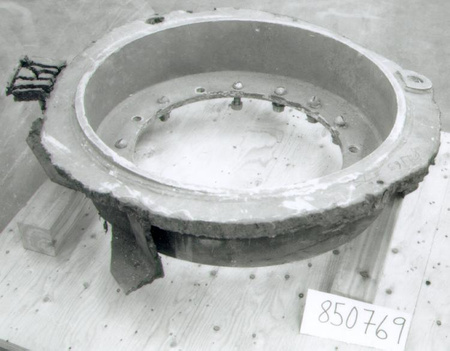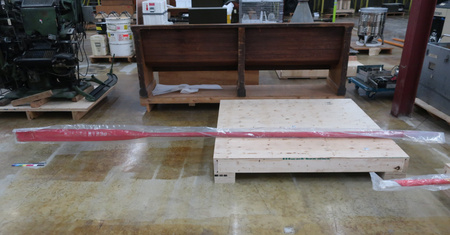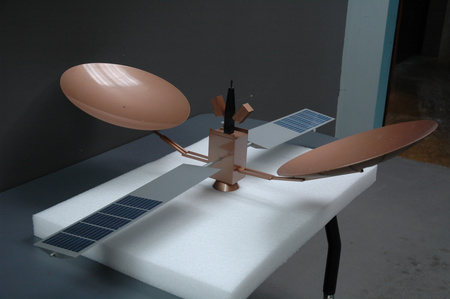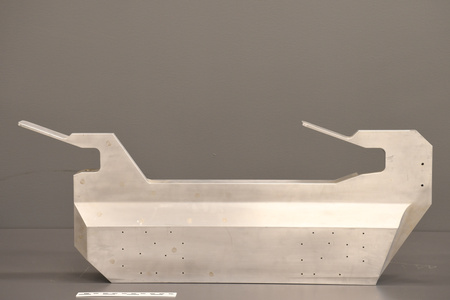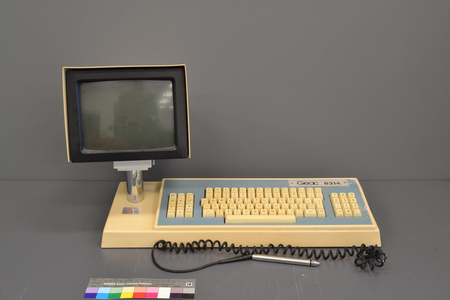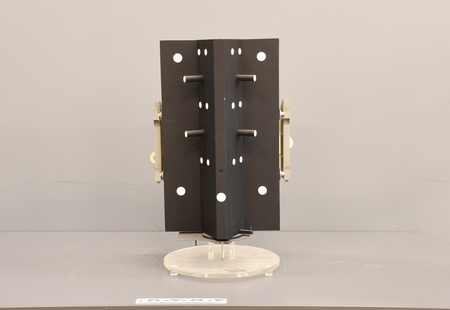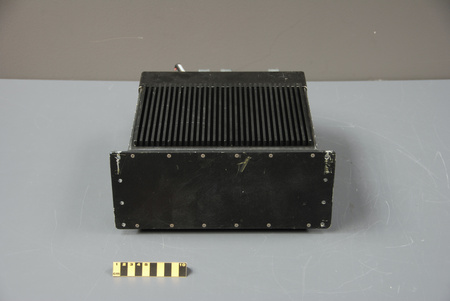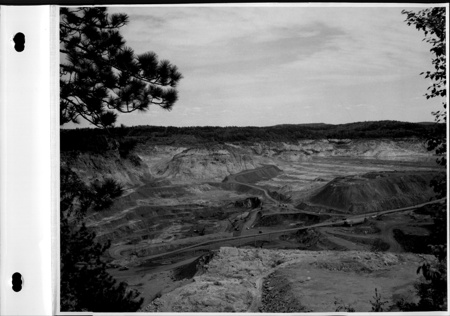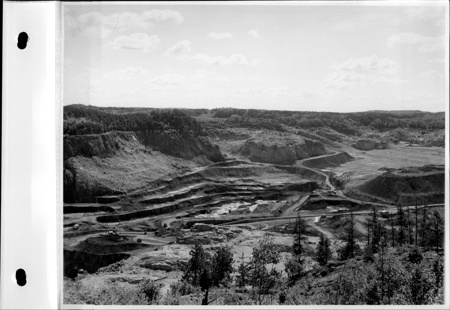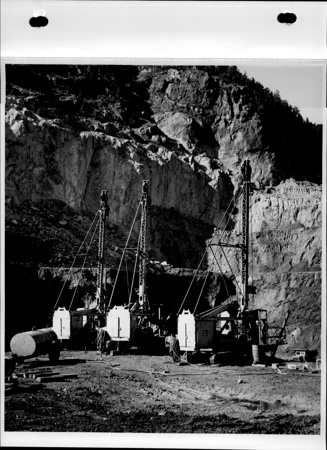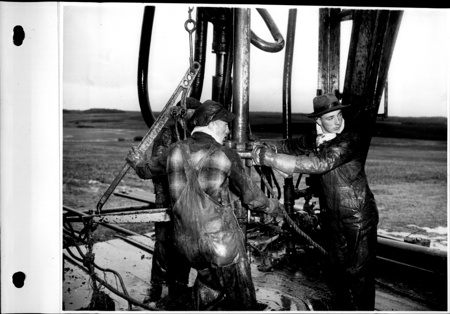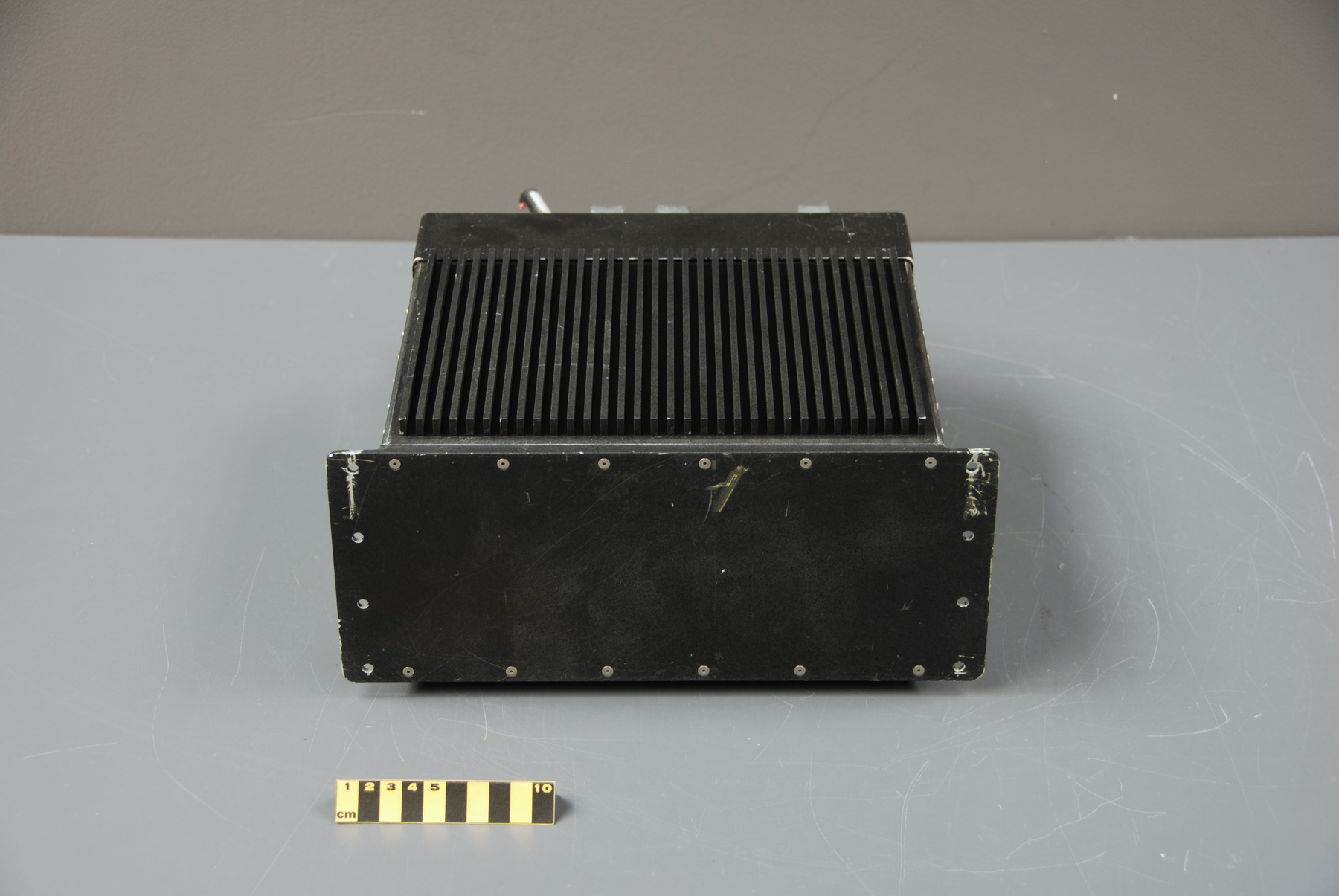Ordinateur
Utiliser cette image
Puis-je réutiliser cette image sans autorisation? Oui
Les images sur le portail de la collection d’Ingenium ont la licence Creative Commons suivante :
Copyright Ingenium / CC BY-NC-ND (Attribution-NonCommercial 4.0 International (CC BY-NC 4.0)
ATTRIBUER CETTE IMAGE
Ingenium,
2017.0054.001
Permalien:
Ingenium diffuse cette image sous le cadre de licence Creative Commons et encourage son téléchargement et sa réutilisation à des fins non commerciales. Veuillez mentionner Ingenium et citer le numéro de l’artefact.
TÉLÉCHARGER L’IMAGEACHETER CETTE IMAGE
Cette image peut être utilisée gratuitement pour des fins non commerciales.
Pour un usage commercial, veuillez consulter nos frais de reproduction et communiquer avec nous pour acheter l’image.
- TYPE D’OBJET
- prototype/mobile/gps
- DATE
- 1992–1996
- NUMÉRO DE L’ARTEFACT
- 2017.0054.001
- FABRICANT
- Inconnu
- MODÈLE
- Advanced Monitoring and Positioning Platform
- EMPLACEMENT
- Inconnu
Plus d’information
Renseignements généraux
- Nº de série
- 153
- Nº de partie
- 1
- Nombre total de parties
- 1
- Ou
- S/O
- Brevets
- S/O
- Description générale
- Metal casing, handles and fasteners with some synthetic connector covers.
Dimensions
Remarque : Cette information reflète la taille générale pour l’entreposage et ne représente pas nécessairement les véritables dimensions de l’objet.
- Longueur
- 36,0 cm
- Largeur
- 31,7 cm
- Hauteur
- 15,1 cm
- Épaisseur
- S/O
- Poids
- S/O
- Diamètre
- S/O
- Volume
- S/O
Lexique
- Groupe
- Mines et métallurgie
- Catégorie
- Divers
- Sous-catégorie
- S/O
Fabricant
- Ou
- Inconnu
- Pays
- Inconnu
- État/province
- Inconnu
- Ville
- Inconnu
Contexte
- Pays
- Canada
- État/province
- Inconnu
- Période
- Inconnu
- Canada
-
Dr. Jon Peck, who holds a PhD and MSc in Mining Engineering from McGill, is a leading expert in the automation of mobile mining equipment. He is recognized internationally for his work in this field. In 2015, Dr. Peck has been inducted to the International Mining Technology Hall of Fame for his work on automation of surface mining technologies. Dr. Peck’s research on automation dates back to the Canadian Center for Automation and Robotics in Mining. This little documented, but extremely important Centre was created jointly by Ecole Polytechnique and McGill in 1988, and operated at McGill until 1996. The CCARM was led by researchers such as Dr. John Edwards, Dr. Laeeque Daneshmend and Andre Peacher, who continued there the work earlier conducted at the Noranda Research Centre. The Noranda Centre and CCARM were at the core of most of mining R&D, and the entire Canadian automated and remote mining community has its roots in these institutions. When CCARM lost its funding, Dr. Peck moved to Queen’s University, where he served as the Head of the Department of Mining Engineering. In this position, he not only developed new technologies but also supervised PhD research of a younger generation of mining engineers, who are today responsible for designing technologies for mining from deep sea to space. In 1992, Dr. Peck founded Aquila Mining Systems Ltd. which designed an Advanced Monitoring and Positioning Platform. The product was sold to Caterpillar in 1996 and is now a standard platform in surface mining operations. At Aquila, Dr. Peck was responsible for pioneering of the real-time high precision GOS guidance for blasthole drills and cable shovels and drill monitoring with rock recognition capabilities. In fact, all subsequent work on rock recognition has been based on Dr. Peck’s research. In 2004, Dr. Peck created Peck Tech, where he continues to work on augmented GPS devices, advanced rock recognition algorithms, and autonomous drill operations. He also advices mining companies around the world on automation and remote mining. Dr. Peck continues to educate and mentor a new generation of Canadian mining engineers through his work at Queen’s, McGill and Concordia. Dr. Sandy Pyke is an Electronic Technologist, software engineer and hardware architect. He worked with Dr. Peck at Aquila in the 1990s, and then continued developing the monitoring and positioning platforms at Caterpillar. He built prototypes of Aquila’s and Peck Tech’s technologies. Dr. Pyke rejoined Peck at Peck Tech in 2004. (From Acquisition Proposal, see Ref. 1) - Fonction
-
To test a system designed to position and monitor brake rock operations in surface mining. (From Acquisition Proposal, see Ref. 1) - Technique
-
The Advanced Monitoring and Positioning Platform is a mobile system that communicates with satellites to position operations of equipment which breaks rock in an open pit mine and to guide and monitor this operations. Although now a standard at any open pit mine, the system was extremely difficult to develop. It was designed for a mobile platform, which had to survive and gather and send data in a mine environment (vibrations, dust, blasts, etc.). Dr. Pyke built the equipment himself, sourcing parts or custom-making them with local IT companies. The system included a DX4100 microprocessor, released by Intel in 1994, data acquisition cards, sensors, encoders, GPS receivers, among many other parts. It operated on QNX, a system developed in Ottawa by Gordon Bell and Dan Dodge. The Platform consisted of the rugged computer, a hand held terminal on which an operator could provide feedback, and a monitor on which data was displayed. It showed the exact location of the equipment in the work zone in real-time and with high precession; it guided the drilling of blast holes and was compatible with a variety of drills. It provided rock recognition, which was based on the data collected by drill monitors, and monitored rock breaking. The platform was tested at various Teck operations, and in Alberta. It was the first such a platform in the world. The system was purchased by Caterpillar in September 1996, and became Cat MinestarTerrain. It is now a standard in fact-based management of drilling and ore control. Dr. Peck and Dr. Pyke joined forces again in 2004 at Peck Tech. (From Acquisition Proposal, see Ref. 1) - Notes sur la région
-
Inconnu
Détails
- Marques
- On the labels on the proper right: "BASE/ AMP"/ "DIGITAL"/ "AQ3M200-/ 00-A-000"/ "S/N:/ 153"/ Printed on the proper back: "KBD/ AUX 1/ AUX 2/ ENC/ POWER/ DISPLAY/ ANALOG OUT/ FAULT/ PRINTER/ ANALOG IN/ HHT/ SERIAL/ GPS 1/ DIGITAL 1/ UPS/ LAPTOP/ GPS 2/ DIGITAL 2/ [logo]/ AQUILA/ Made in Canada"
- Manque
- Appears complete
- Fini
- Predominantly black finished metal with silver-coloured metal screws and handles, white tags on the proper right and white markings on the proper back. Attached to the proper back are a number of silver-coloured metal connectors with cut-off wires coming out from them. The wires are coated in a variety of colours including orange, black, green, red, blue, purple and yellow.
- Décoration
- S/O
FAIRE RÉFÉRENCE À CET OBJET
Si vous souhaitez publier de l’information sur cet objet de collection, veuillez indiquer ce qui suit :
Fabricant inconnu, Ordinateur, entre 1992–1996, Numéro de l'artefact 2017.0054, Ingenium - Musées des sciences et de l'innovation du Canada, http://collection.ingenium.ca/fr/id/2017.0054.001/
RÉTROACTION
Envoyer une question ou un commentaire sur cet artefact.
Plus comme ceci
